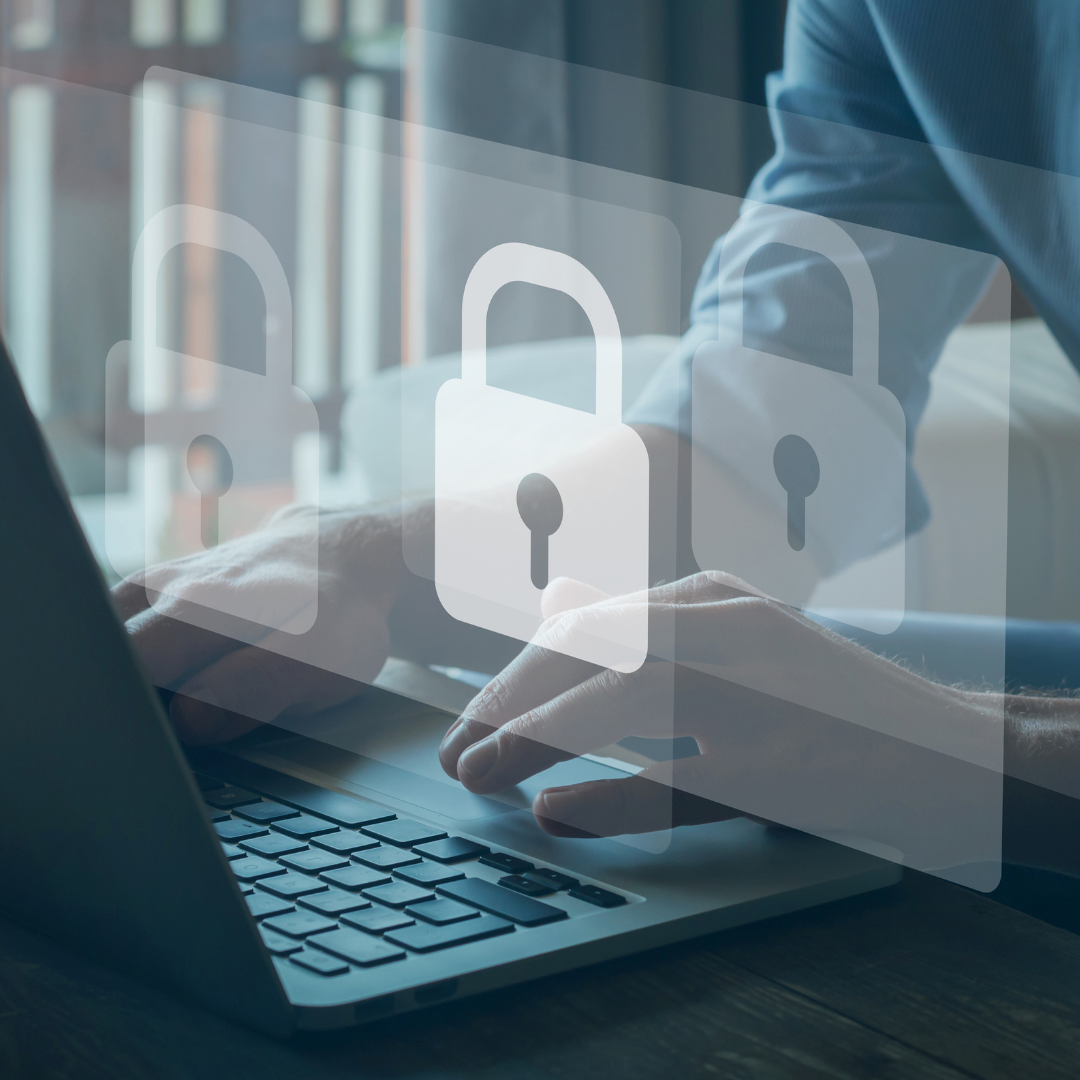19 Aug 2024
Blogs
Multi-Factor Authentication (MFA): An Important, Additional Security Layer
- Introduction
Medibank experienced a significant data breach in 2022, impacting the sensitive information of 9.7 million customers. The Office of the Australian Information Commissioner (OAIC) alleges that a contributing factor to this breach may have been the absence of Multi-Factor Authentication (MFA), which could have potentially hindered the attackers.
AUSCERT compiled this information for its members and the broader community, urging organisations to consider implementing MFA as an additional verification layer before accessing accounts or sensitive information. It is important to note, however, that while MFA enhances security and reduces unauthorised access risks, it does not provide absolute protection for accounts – instances of MFA bypass by attackers have been observed for some time now.
- What is Multi-Factor Authentication (MFA)?
MFA goes beyond the traditional username-password combination by requiring two or more forms of identity verification to authorise access. These typically include:
– Something you know (e.g., password)
– Something you have (e.g., mobile device for receiving verification code)
– Something you are (e.g., biometric data like fingerprints or facial recognition)
- Why MFA is Essential for Security?
- Enhanced Security Against Password Theft: MFA adds an extra layer of protection by requiring a second form of authentication, like a mobile code or biometric scan, reducing the risk of unauthorised access even if passwords are stolen.
- Mitigation of Credential Stuffing: MFA disrupts credential stuffing attempts by requiring an additional factor beyond usernames and passwords.
- User-Friendly Security: Modern MFA solutions balance security with user-friendly options like biometric authentication and push notifications, ensuring a seamless experience while maintaining robust security.
- Protection of Remote Workforce: With the rise of remote work, MFA secures access to corporate networks from any location, potentially preventing unauthorised entry even on unsecured networks.
- Long-Term Cost-Effectiveness: Despite initial setup costs, MFA significantly reduces potential costs from data breaches and cyberattacks, safeguarding financial assets and reputation.
- Enhanced Consumer Trust: Implementing MFA assures customers that the organisation is implementing robust cyber security practices; this in turn can foster lasting client relationships.
- Best Practices for Implementing MFA in Organisations
While specific practices may vary, common best practices include:
- Clearly defining which systems and data assets require MFA based on risk assessments and compliance needs.
- Choosing authentication factors based on security requirements and user convenience.
- Ensuring compatibility with existing IT systems and applications using standard protocols.
- Implementing user-friendly MFA methods such as push notifications or biometrics to encourage adoption.
- Conducting regular training sessions to educate users on MFA usage and security best practices.
- Maintaining robust monitoring, incident response, and regular updates to keep MFA systems secure and effective.
- Monitoring performance metrics, gathering feedback, and adjusting MFA policies as needed to address evolving threats.
- Challenges in Adopting MFA
Despite its benefits, organisations may face challenges such as user resistance, integration with legacy systems, and initial investment costs during MFA implementation.
- Conclusion
It is crucial for organisations to adopt MFA to protect their data and maintain trust with customers and partners. By effectively implementing MFA, organisations can better defend against cyber threats and ensure the security of sensitive information. While MFA does not offer complete protection against all threats, it remains an essential component in reducing cybersecurity risks and safeguarding sensitive data.




